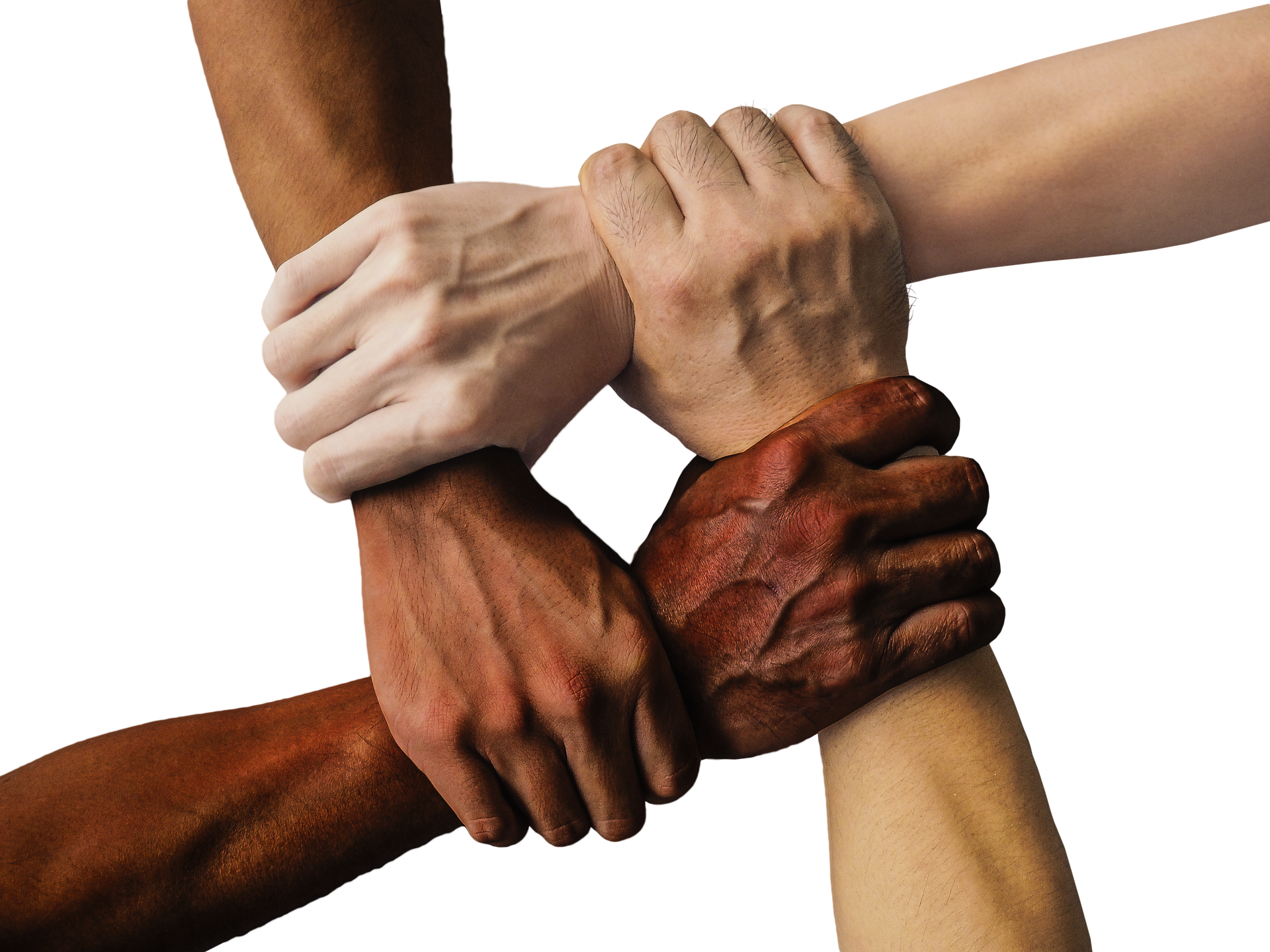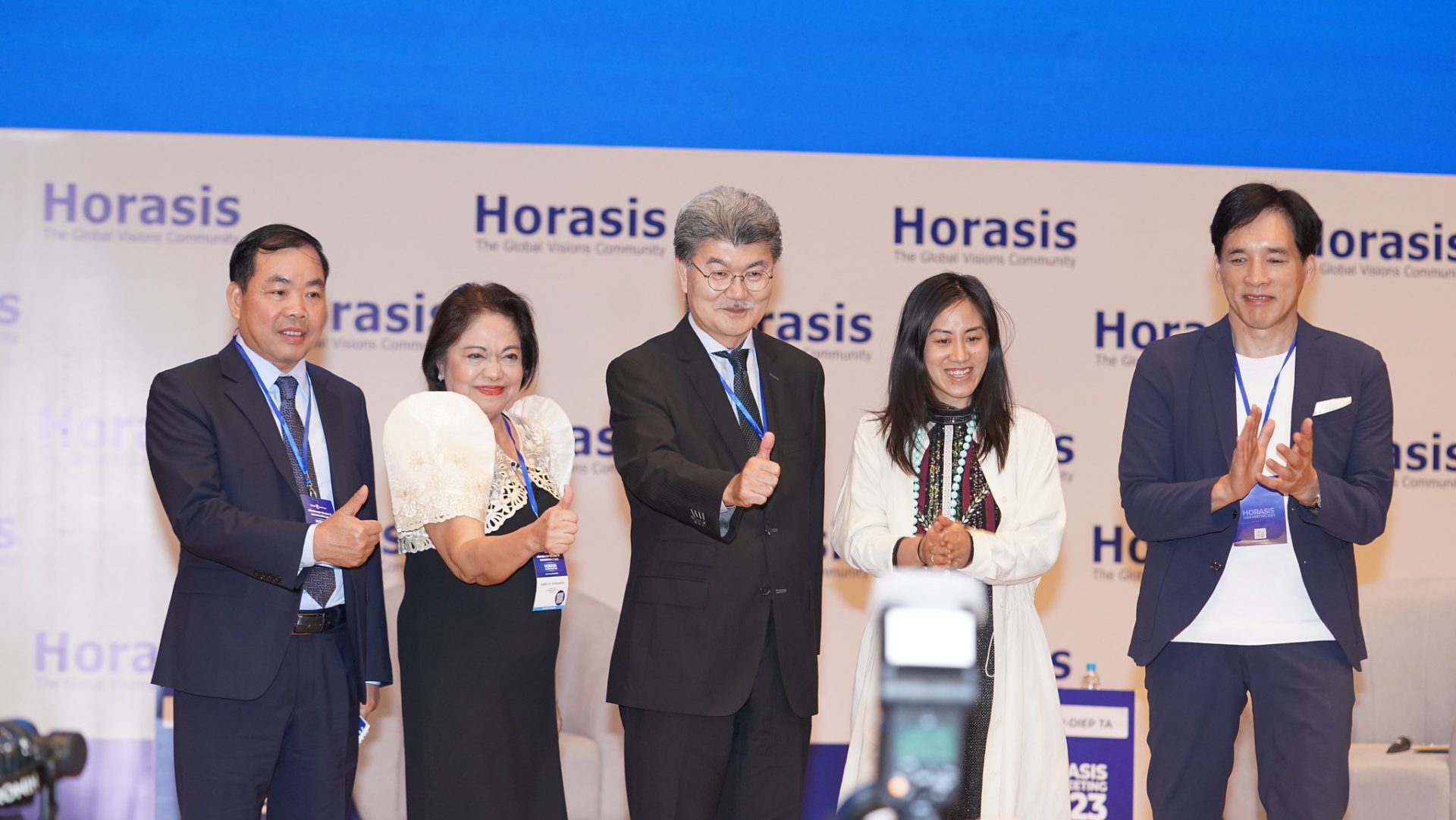Leadership across continents – bridging the cultural divide
For the past 15 years my work has centered around strategic advising of startups and larger organizations, which all face the challenges of people having to work across borders, in multicultural teams, where people are from different parts of the world and have had different upbringings and thus conditioning to perceive the world through their unique lenses of the world.
Bridging that cultural divide, helping teams and people understand each other better and thus work better together, is a challenge and a joy, which take a certain effort, but most of all curiosity and openness from the people involved. How to get there? That is the trick.
When we meet at the different Horasis events, we assume that people bring that curiosity and openness with them, in fact, that is probably why most of us attend: in order to learn, be inspired, see the world through a new lense and also to share some of our own learnings, perceptions and wisdom, of course. So that we can find new ways of solving the problems the world is facing.
In our daily lives – in organizations, communities, companies, governments, countries – we do not necessarily see or find this same amount of curiosity and openness, though. What to do, then, to bridge the cultural divide? And does it matter?
It does. Miscommunications, lack of understanding, lack of trust and openness lead to immense amounts of waste in production and effectiveness and a lot of frustration in the organizations we find ourselves in. Therefore, here are some advice to those of you who would like to bridge the cultural gap and to create the conditions for a more thriving and better aligned workforce – across national and cultural borders.
First of all, make sure to meta-communicate the need for a special “sit-down” talk about cultural differences. Why is this important? Talk about the fact that shedding light on how different people communicate and do business together in different parts of the world will make it easier to work smoothly together.
Next, give people some background information about cultural differences. You may for instance walk people through the 8 dimensions described in Erin Meyers book “The culture map”, where she describes how people from different parts of the world differ the most from each other. Erin Meyer is from Insead Business School, and she is also the author of an HBR article from 2017 called “Being the Boss in Brussels, Boston and Beijing”, where she elaborates a bit more on how decisions are made in different parts of the world.
The 8 dimensions, where cultural differences are most visible and tangible, are:
- Communicating: low-context vs high-context
- Evaluating: direct negative feedback vs indirect negative feedback
- Persuading: principles-first vs applications-first
- Leading: egalitarian vs hierarchical (as a Dane, I would prefer not to call it hierarchical, though, since we for instance do have a lot of hierarchy in our organizations, but we do not claim leadership through titles or ranks,, rather through involvement and by getting followers. A suggestion could be to call this “egalitarian vs authoritarian”)
- Deciding: consensual vs top-down
- Trusting: task-based vs relationship-based
- Disagreeing: confrontational vs avoids confrontation
- Scheduling: linear-time vs flexible-time
You may also find a lot of inspiration and explanation about cultural differences in Geert Hofstede´s et al´s book “Cultures and Organizations”, where they take a closer look at differences betweens countries when it comes to:
- Power-distance: from small to large
- Collectivism vs. individualism
- Femininity vs masculinity and
- Uncertainty avoidance: from weak to strong
If you have people from many different countries in the same team, you may want to encourage people to read the chapter related to the specific countries, where each team member is from, in the book “When Cultures Collide”, written by Richard D. Lewis. Each chapter about each country describes what the norm is when it comes to cultural values, leadership and status, communication, meetings, negotiations, how to empathise with a certain nationality, manners and taboos, the concept of time, and motivational factors. Very insightful in terms of getting to know each other and understanding each other better.
Facilitating a talk with your team, in your organization and with your colleagues about cultural differences may spark interesting conversations and build a much better understanding and respect, as well as trust, between team-members. Very often you will hear comments like: “Ahh, that´s why…” or “Oh, I thought you didn´t care” – leading to honest and open discussions about how to best avoid misunderstandings and work better together in the future.
Processes like this take time, but there is no way around it. Insoo Kim Berg (founder of solutions-focused therapy) once said: “If you wanna go fast, go slow”. By slowing down, you are speeding up – in the long run. What you save in time and money, by creating this mutual understanding of cultural differences, is visible and tangible the moment your team and colleagues start taking the differences into consideration, leveraging the strengths in the differences and avoiding pitfalls of common misunderstandings like what is meant when someone from a low-context society says yes, but really means no.

This article was authored by Pernille Hippe Brun, Strategic Advisor, Leadership & Culture, Denmark




